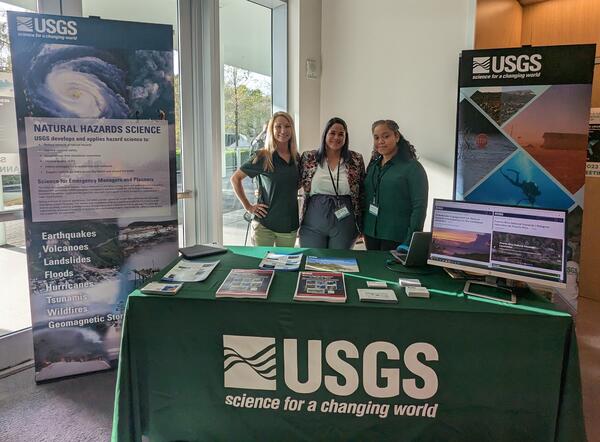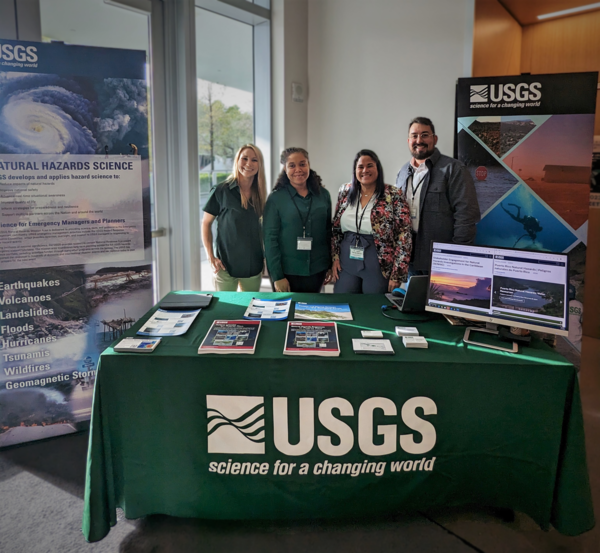Dr. Donya Frank-Gilchrist visited the National Academies of Sciences, Engineering and Medicine during the Science and Innovation Diplomacy Workshop.
Dr. Donya Frank-Gilchrist visited the National Academies of Sciences, Engineering and Medicine during the Science and Innovation Diplomacy Workshop.Dr. Donya Frank-Gilchrist visited the National Academies of Sciences, Engineering and Medicine during the Science and Innovation Diplomacy Workshop, organized by the US Global Change Research and the Inter-American Institute for Global Change Research.



















